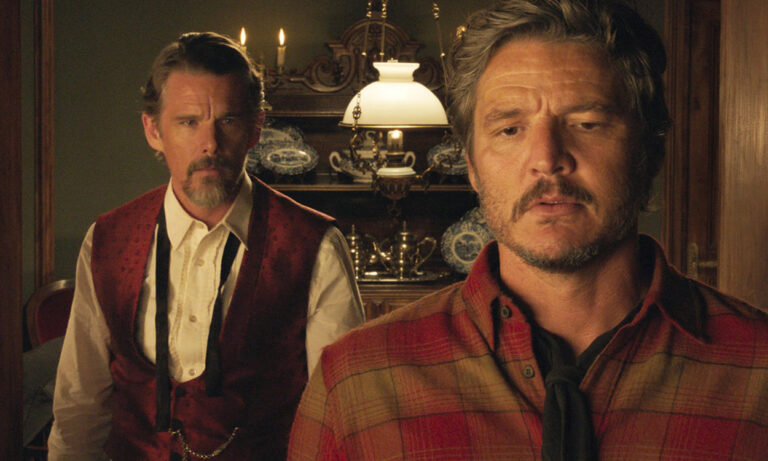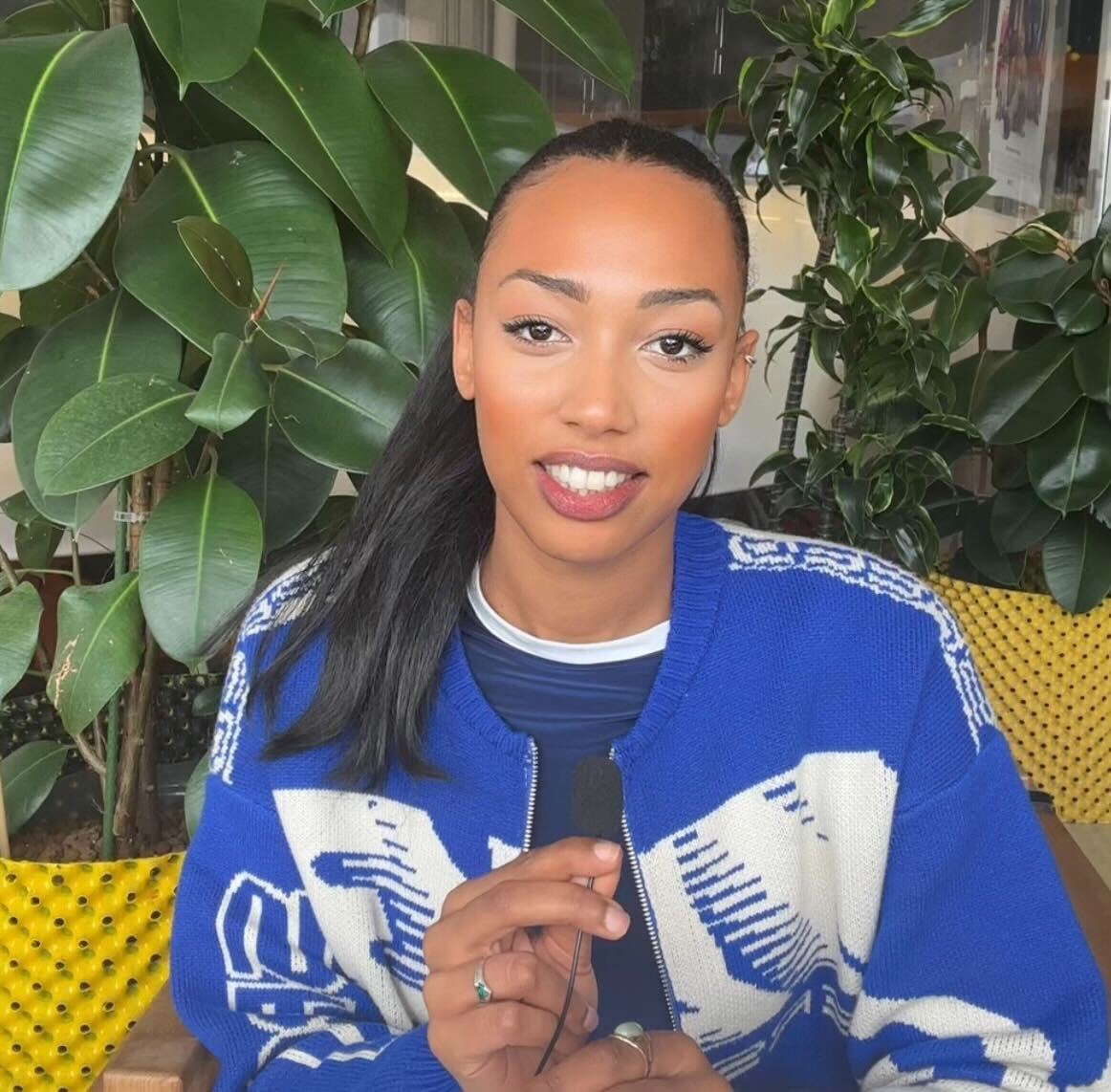Short film Strange Way of Life sees Pedro Pascal and Ethan Hawke live out a queer Western dream

Assemble all cowboy hats, boots, and flared jeans coastal cowgirl-style, because the highly-anticipated queer Western film Strange Way of Life has finally dropped, after being debuted at the prestigious Cannes Film Festival. Starring the swoon-worthy Pedro Pascal and Ethan Hawke (aka Maya Hawke’s dad), and directed by the legendary Pedro Almodóvar, this movie has been buzzing in the digital realm for months.
So get ready to saddle up as we dive into the thrilling world of Strange Way of Life and bring you some of the most noteworthy reviews.
Strange Way of Life is giving if Brokeback Mountain were set in the wild west and starred two of the most broody men in Hollywood. The trailer for the short film gave us a small and tantalising glimpse into the lives of ex-gunslinger Silva (played by Pascal), and rugged town Sheriff Jake (portrayed by Hawke). Sparks fly as they alternate between heated confrontations and tender embraces. So, it’s pretty much like any modern romance.
The plot unfolds as Silva and Jake reunite after 25 long years spent apart. Their connection is so intense that even the tumbleweeds blush. The Guardian, who’ve had a sneak peek at the full film, reported that things get steamy in a flash when the pair finally succumbs to their undeniable chemistry. Brace yourself for some clever camera angles and a montage of very close up and personal scenes.
Just like a saloon with rowdy patrons, the critics’ opinions on Strange Way of Life have been all over the map. Variety might’ve thrown a barstool, calling the film “half-baked” and accusing it of not delivering on its promise as a groundbreaking gay Western. Others praised the film as a ‘quiet revolution’ in the industry. Despite some harsher reviews out there, both Pascal and Hawke’s performances were celebrated for successfully bringing opposite ends of the emotional spectrum to life with believability and passion.
Contrary to what you might expect (or had been hoping for), Strange Way of Life appears to reflect more on the evolution of a relationship as opposed to the specific ins and outs of the bedroom dynamic. This, in many ways, represents the growth there has been in the representation of LGBTQIA+ relationships on screen.
Once so highly sexualised and trivialised that the portrayals always fell flat in terms of deeper meaning, studios are now making moves to produce content that shows every aspect of queer relationships—not just the steamy stuff. Flashbacks to the younger versions of Jake and Silva show us how their relationship evolved, painting a vivid picture of their loved history.
Netizens have already begun clamouring for a full-length version of the film—demanding to witness more and more of Pascal and Hawke’s on-screen chemistry.
Strange Way of Life emerges as a cinematic milestone, pushing the boundaries of queer storytelling within the Western genre. While the film may have divided critics, its revolutionary nature and subtle power to convey emotion have struck a chord with audiences. Strange Way of Life proves that love knows no bounds, and it’s about time the Wild West embraced its rainbow hues.





